- Print
- DarkLight
- PDF
Review Memo Template Management
- Print
- DarkLight
- PDF
Purpose
The purpose of this documentation is to describe the Online Review Memo Template Management tool.
Audience
Content Administrators and Lender Executives
Review Memo Template Overview
The Review Memo Template tool allows Lender Executives to create and modify the Review Memo Templates used by the Online Review Memo tool.
To access the Review Memo Template tool, click Settings in the upper navigation menu, then click Form Settings.
On the Form Settings page, in the Templates section, click View Templates.
On the Templates page, in the Review Memo Templates section, click View Templates.
The Review Memo Templates page will open.
The Review Memo Templates page can also be reached via the slide-out menu found on the Templates, Company Defaults, and Print Formatting Templates pages. Click on the three-lines icon in the upper left-hand corner of the page to expose the slide-out menu.
The slide-out menu will be exposed. Click Review Memo Templates to open the Review Memo Templates page.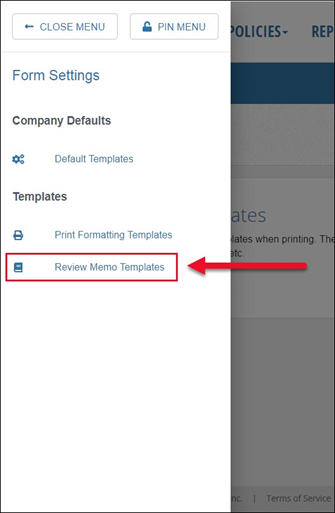
The Review Memo Templates page will open.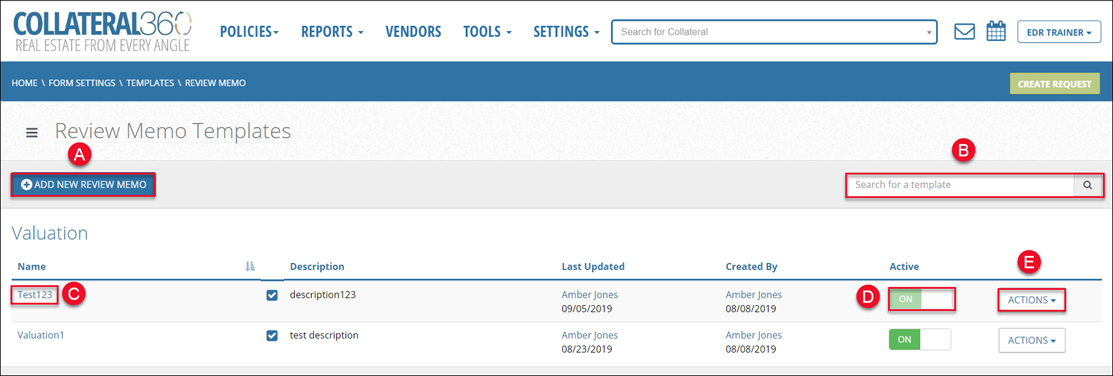
A. Add New Review Memo: Click to create a new Review Memo Template.
B. Search for a template: Filters the results on the page by the characters entered. The search scans the Name, Description, Last Updated, and Created By fields.
C. Name: Click the blue Name text to open the Review Memo Template in the editor tool.
D. Active: Set a Review Memo Template status to active or inactive. Active templates are available for selection within Company Defaults and are also available for use by Lender Managers to complete Review Memos.
Click to change the Active/Inactive status.
When an Active/Inactive status switch is grayed out, it means that template is a set as a default in the Company Defaults tool and the status cannot be changed to inactive without first removing it as a default.
When a new Review Memo Template is created, its status is automatically set to inactive.
E. Actions: Click the Actions drop-down menu to expose three buttons: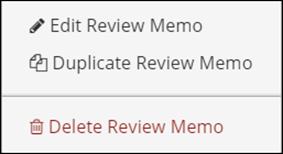
Edit Review Memo: Opens the Review Memo Template for editing.
Duplicate Review Memo: A new Review Memo Template will open for editing. The template will be prepopulated with the format and settings from the Review Memo Template that was copied.
Delete Review Memo: Will delete the Review Memo Template. A confirmation modal will appear.
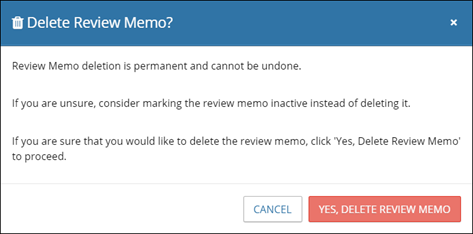
Click Yes, Delete Review Memo to permanently delete the template. Note that Review Memo Templates that are set as defaults cannot be deleted – the Delete Review Memo button will be grayed out.
Create a New Review Memo Template
Click Add New Review Memo to create a new Review Memo Template. 
The New Review Memo Template page will open.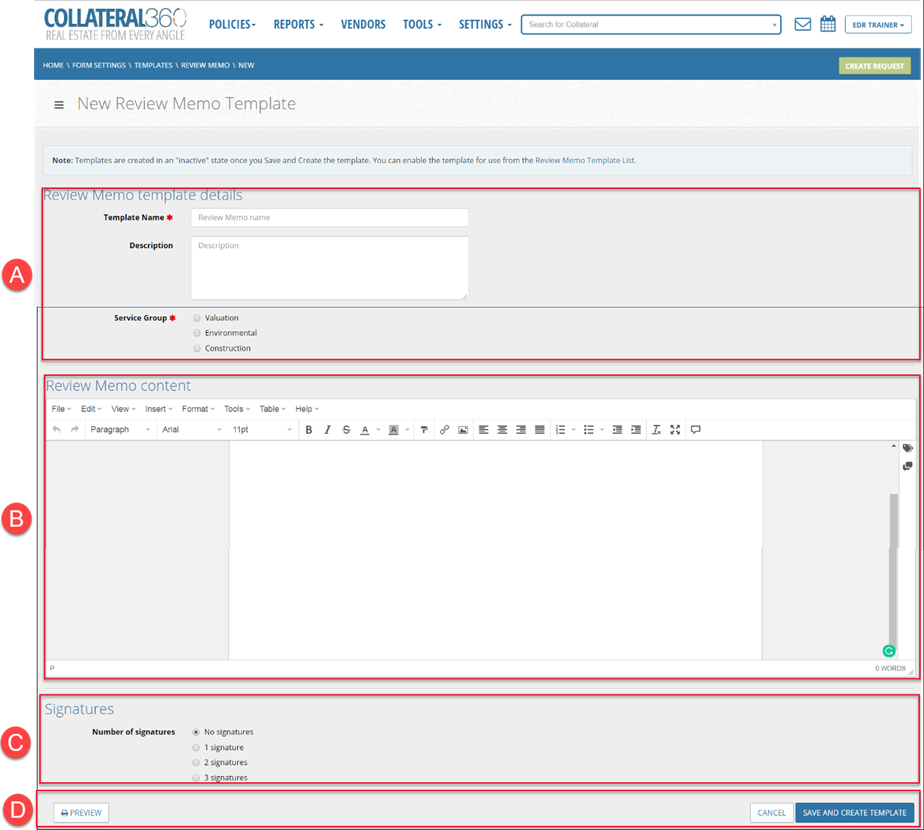
The page is broken up into four sections (from top to bottom):
A. Review Memo template details: This section includes the Template Name, Description, and Service Group.
B. Review Memo content: This is the body of the Review Memo Template. It includes the text, tables, questions, and more that the Lender Manager will use when completing a Review Memo.
C. Signatures: The Signatures section defines the number of signatures that will be allowed when the Lender Manager is completing the Review Memo.
D. There are three additional buttons in a sticky footer: Preview, Cancel, and Save and Create Template.
Review Memo Template Details
The Review Memo Template Details section contains two text boxes and one radio-button selection list.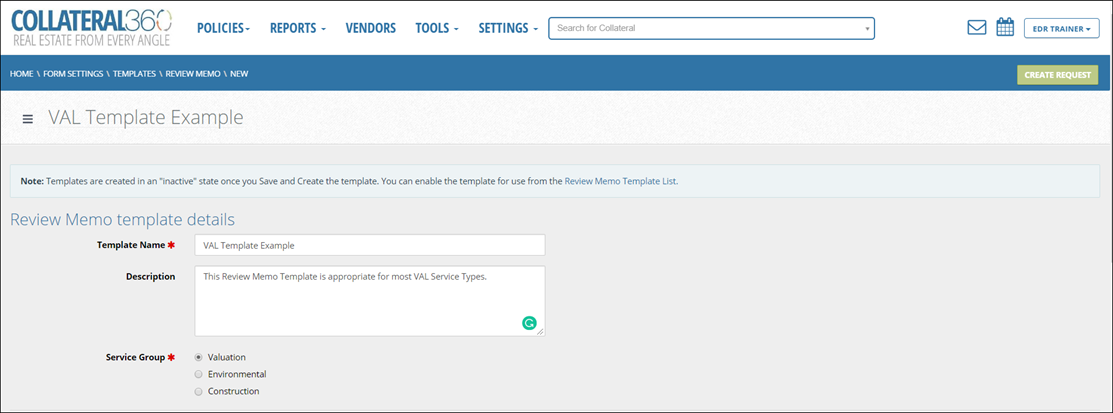
Template Name: This is a required field. The Template Name must be unique; if the Template Name is a duplicate, you will be unable to save.
Description: The Description field is not required. The field is limited to 255 characters.
Service Group: This is required; you will be unable to save until a Service Group selection has been made. The selection made here defines which Service Types can use the Review Memo Template. For example, a Lender Manager will be unable to use a Review Memo Template in the Environmental Service Group for an Appraisal Report.
Review Memo Content
The Review Memo Content section contains the body of the Review Memo Template itself.
It includes the following important functionality:
Variables: Variables can be inserted in the Review Memo Template. A Variable will dynamically display the relevant value for that Variable. For example, when the Lender Manager is completing a Review Memo, the “Property name” Variable will display the Property Name of the Property for that job.
Comments: Comments can be added to a Review Memo for other users to see. They are a tool for communicating internally with other Lender Executive users about the Review Memo Template.
Toolbar: The top toolbar includes the File, Edit, View, Insert, Format, Tools, Table, and Help menus.
Lower Toolbar: The Lower Toolbar includes buttons for defining fonts, aligning text, inserting images, and more.
Tables: Tables can be inserted via the Insert button on the Toolbar and via the Table button on the Toolbar.
Forms: Forms can be added to the document via the Insert button on the Toolbar. The following types of forms are supported:
Checkbox
Drop Down List
Radio Button
Textbox
Textarea
Variables
Variables appear as yellow fields in the Review Memo Template. 
In the example above, Requester, Now, and Reviewer Name are Variables.
When a Review Memo is being completed by a Lender Manager, each Variable will populate the relevant, Job-specific information for that Variable type. For example, the Variable in the Copies To cell in the screenshot above is Requester. When the Lender Manager is completing the Review Memo, that Variable will be populated with that Job’s Requester’s name.
Variables can be inserted by clicking the tag symbol in the upper right-hand corner of the document.
Click on a Variable header, such as Collateral Information or Service Information, to expose the Variables nested beneath it. Click on a Variable to insert it in the Review Memo Template in the current location of the cursor.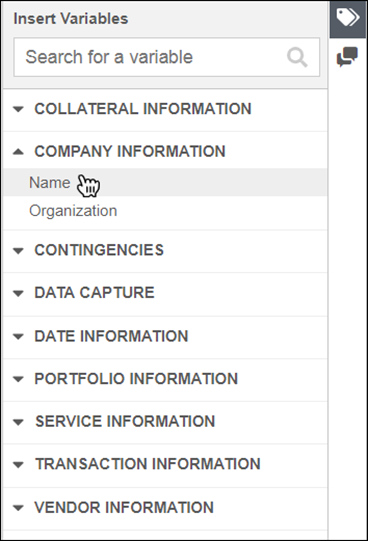
The appearance of some Variables can be modified. The appearance options available are based on the type of Variable – text or numerical.
Click on a Variable and then click the gear symbol to open a modal.

Text Variables have the following four options:
• No change (Maintains the existing formatting from the source, such as the SRF or RFP)
• All uppercase
• Capitalize first word
• Title style
Numerical Variables have the following eight options:
• $1,234 (currency symbol and thousands separator)
• $1234 (currency symbol and no thousands separator)
• $1234.00 (currency symbol and two decimal points)
• $1,234.00 (currency symbol, thousands separator, and two decimal points)
• 1234 (no currency symbol, thousands separator, or decimal points)
• 1,234 (thousands separator)
• 1234.00 (two decimal points)
• 1,234.00 (thousands separator and two decimal points)
Any change made to a Variable’s options will be applied solely to the current Review Memo Template.
Comments
Comments can be inserted in the body of a Review Memo Template. These Comments allow you to communicate with other users who can view the Review Memo Template or use the template to complete a Review Memo.
To insert a Comment, click the Comment bubble icon in the upper right-hand corner of the Review Memo Template document.
The Comment interface will open in the right-hand side of the screen.
When the Comment interface has been opened, existing Comments will be represented in the body of the document by blue bubbles.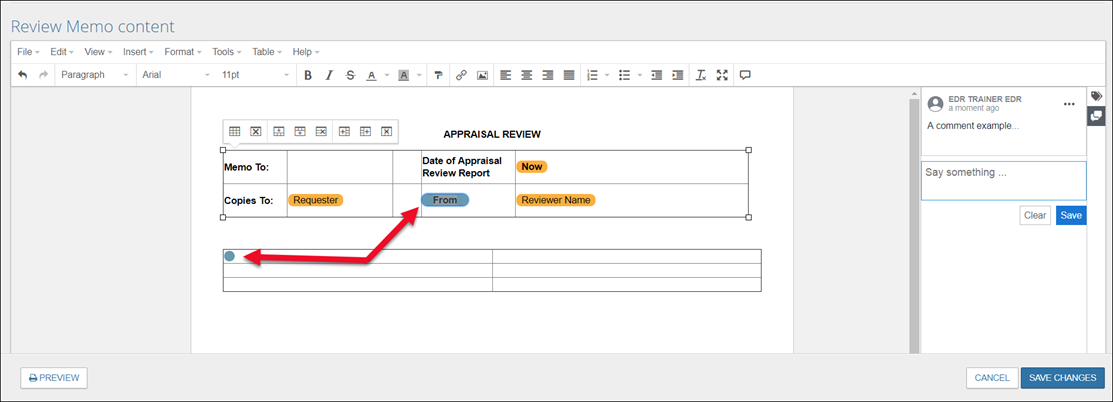
Click on a blue bubble to open the comment in the Comment interface on the right. 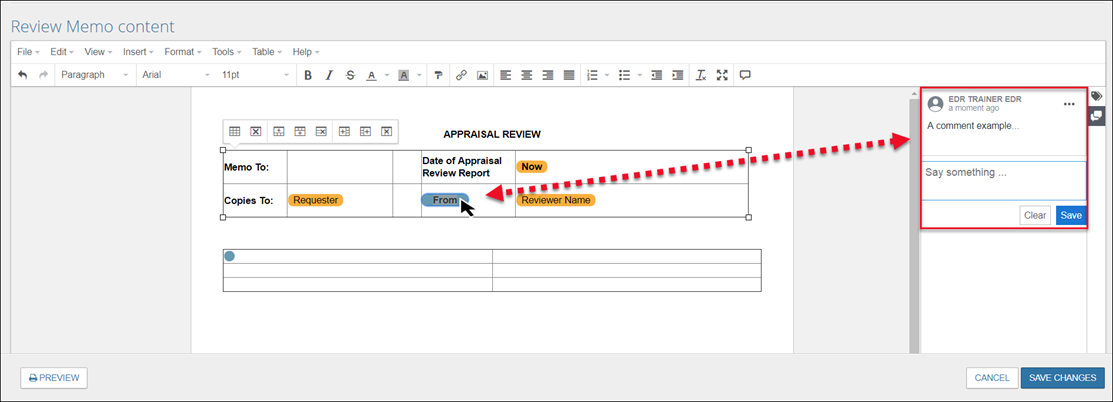
The original Comment can be responded to by entering text in the text box below the original Comment and then clicking Save.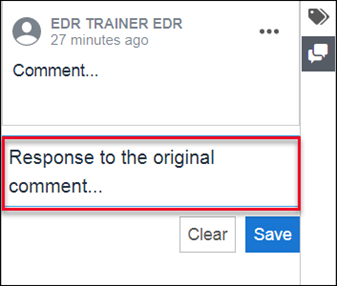
Once the Comment response has been saved, it will then appear beneath the original Comment whenever the Comment bubble is clicked in the document.

A Comment you have posted can be edited or deleted. Click on the three dots in the upper right-hand corner of the Comment to expose a menu with two options:

Delete Comment OR Delete Conversation: One of two button labels will be listed.
If there’s a single Comment, or if attempting to delete the first Comment in a multi-Comment thread, the button will read ‘Delete Conversation.’ Note that deleting the first Comment in a multi-Comment thread will delete all Comments in the thread, including those made by other users.
If clicking on a secondary, tertiary (etc.) comment, the button will be labelled ‘Delete.’
Edit: Opens the Comment for editing. Click Save to save the changes after editing or click Cancel to discard the changes.
To insert a Comment, click a location in the template, or highlight text or an image. Then, click the Comments icon to open the Comments interface.
Enter the desired text, then click Save. The Comment will be inserted at the location selected/on the text or image highlighted.
There are two additional methods for inserting a Comment: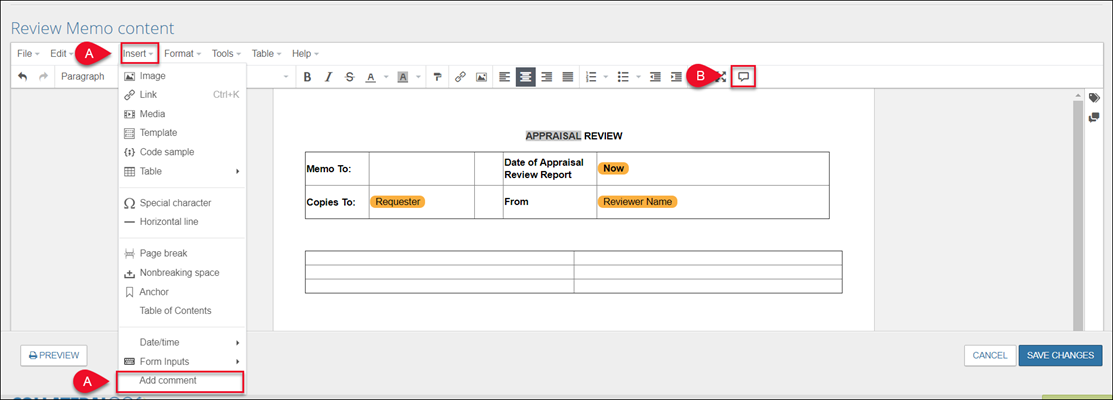
A. Click Insert in the toolbar at the top of the document, then click Add Comment. The Comments interface will open.
B. Click the Comment icon in the toolbar at the top of the document. The Comments interface will open.
Toolbar
There’s an extensive suite of tools for working with the Review Memo Template.
1. | FILE New Document: Replaces the existing Review Memo Template body with a completely blank copy. Note that this will remove formatting, logo, Variables, text, tables, etc.
|
|
2. | EDIT
|
|
3. | VIEW
|
|
4. | INSERT
|
|
5. | FORMAT
|
|
6. | TOOLS
|
|
7. | TABLE
|
|
8. | HELP
|
|
Lower Toolbar
The Lower Toolbar includes buttons for formatting text, inserting images, adding Comments, and more. 
From left to right:
Undo: Undoes the last change made to the document. |
|
Redo: Reverses the action of the last Undo. |
|
Text Formatting: Applies formatting to selected text and/or type new text in the chosen format. Options include paragraph, headings 1 – 6, and preformatted. |
|
Font Family: Applies a font type to selected text and/or type new text in the chosen font family. |
|
Font Sizes: Applies a font size to selected text and/or type new text in the chosen font size. |
|
Bold: Applies bold formatting to selected text and/or type new text in with bold formatting applied. |
|
Italic: Applies bold formatting to selected text and/or type new text with italic formatting applied. |
|
Strikethrough: Applies bold formatting to selected text and/or type new text with italic formatting applied. |
|
Text color: Applies a color to selected text and/or type new text in the color chosen. |
|
Background color: Applies a background color to selected text and/or type new text with the background color applied. |
|
Format Painter: Allows the user to apply the formatting of one block of text to another block of text. Select text with the desired formatting, click the Format Painter button, then select text to apply the formatting to. |
|
Insert/edit link: Opens a modal that allows the user to insert a link in the review memo document. Before inserting a link, highlight text or an image. If no text or image is highlighted, the link will not be visible or clickable. |
|
Insert/edit image: Opens a modal that allows the user to upload or link to an image, apply a description, and define its dimensions. The image will be inserted wherever the cursor was placed when Insert>Image was clicked. |
|
Align left: Left-aligns a block of text. |
|
Align center: Center-aligns a block of text. |
|
Align right: Right-aligns a block of text. |
|
Justify: Justifies a block of text. |
|
Numbered list: Formats selected text as a numbered list. If no text is selected, it will start a new numbered list. |
|
Bullet list: Formats selected text as a bulleted list. If no text is selected, it will start a new bulleted list. |
|
Decrease indent: Decreases the indent of a block of text. |
|
Increase indent: Increases the indent of a block of text. |
|
Clear formatting: Clears the formatting of a block of text. |
|
Fullscreen: Expands the review memo document into full-screen mode. |
|
Add comment: Add Comment: Inserts a Comment at the current location of the cursor within the Review Memo Template. Upon clicking the Add comment button, a new Comment text box is opened in the Comments menu on the right-hand side of the screen. Enter the Comment text and then click Save to add the Comment. |
|
Update Variables: Updates the values for all the Variables in the Review Memo document. Note that every time the Review Memo is opened, Variables are updated automatically, so it is not required to click Update Variables. |
|
Tables
Click within a table in the template to expose a menu of table options.![]()
| Table Properties: Opens a modal that allows the user to define table properties, such as width, height, border, and alignment. |
| Delete table: Deletes the table in which the cursor is currently placed. |
| Insert row before: Inserts a row above the row in which the cursor is currently placed. |
| Insert row after: Inserts a row below the row in which the cursor is currently placed. |
| Delete row: Deletes the row in which the cursor is currently placed. |
| Insert column before: Inserts a column to the left of the column in which the cursor is currently placed. |
| Insert column after: Inserts a column to the right of the column in which the cursor is currently placed. |
| Delete column: Deletes the column in which the cursor is currently placed. |
Forms
There are five types of form input that can be added to a Review Memo Template:
Checkbox
Drop Down List
Radio Button
Textbox
Textarea
Checkbox
While checkboxes can be inserted anywhere, creating a table and then adding the checkboxes to the table will create a more organized Review Memo Template.
1. Click Insert in the toolbar.
2. Place the cursor on Table, then drag the cursor in the table submenu to create a table of the desired size.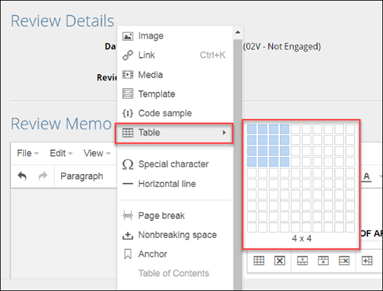
3. Highlight the cells in which you’d like to place checkboxes.
In this example, three of the four columns in the table have been selected.
4. Click Insert.
5. Highlight Form Inputs, then click Checkbox.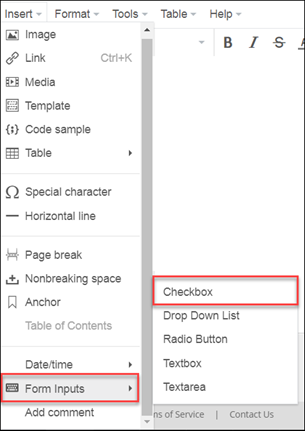
6. A pop-up message will ask if you want the checkboxes to be mutually exclusively.
a. Yes: Only one checkbox in each row can be checked. Checking a second checkbox will uncheck the first checkbox.
b. No: Multiple checkboxes in a single row can be checked concurrently.
7. The checkboxes will be added to the table.
Drop Down List
1. Click Insert in the toolbar.
2. Highlight the Form Inputs button, then click Drop Down List.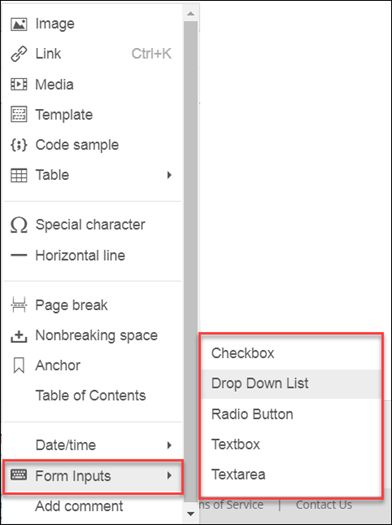
3. The Drop Down List modal will open. Enter the items you would like in the drop-down menu, with a line in between each item. Then click OK.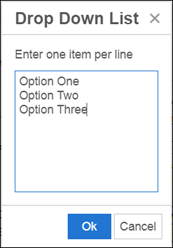
4. The drop-down menu will be added to the Review Memo Template.
Radio Button
While radio buttons can be inserted anywhere, creating a table and then adding the radio buttons to the table will create a more organized Review Memo Template.
1. Click Insert in the toolbar.
2. Place the cursor on Table, then drag the cursor in the table submenu to create a table of the desired size.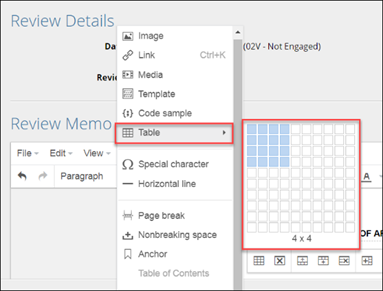 3. Highlight the cells in which you’d like to place radio buttons.
3. Highlight the cells in which you’d like to place radio buttons.
In this example, three of the four columns in the table have been selected.
4. Click Insert.
5. Highlight Form Inputs, then click the Radio Button button.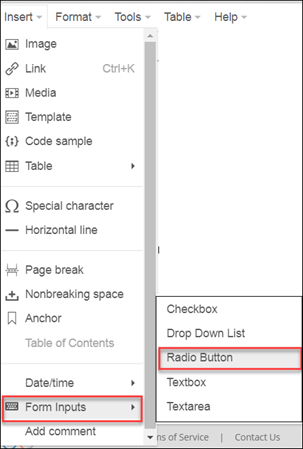
6. A pop-up message will ask if you want the radio buttons to be mutually exclusively.
a. Yes: Only one radio button in each row can be checked. Checking a second radio button will uncheck the first radio button.
b. No: Multiple radio buttons in a single row can be checked concurrently.
7. The checkboxes will be added to the table.
Textbox
The textbox form type is a text-entry field that allows the user to enter up to 50 characters. Note that Variables cannot be placed in textboxes.
1. Click Insert in the toolbar.
2. Highlight the Form Inputs button, then click Textbox.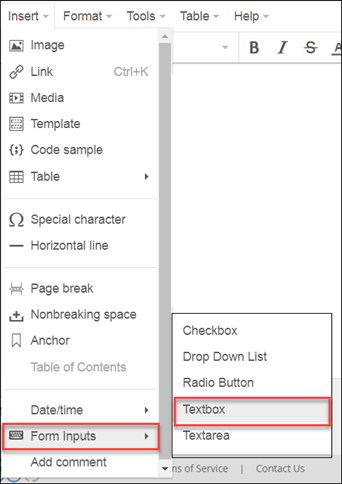
3. The textbox will be placed in the template.![]()
Textarea
The textarea form type is a text-entry field. Unlike the textbox field, the textarea field does not have a character limit. Note that Variables cannot be placed in text areas.
1. Click Insert in the toolbar. 2. Highlight the Form Inputs button, then click Textarea.
2. Highlight the Form Inputs button, then click Textarea.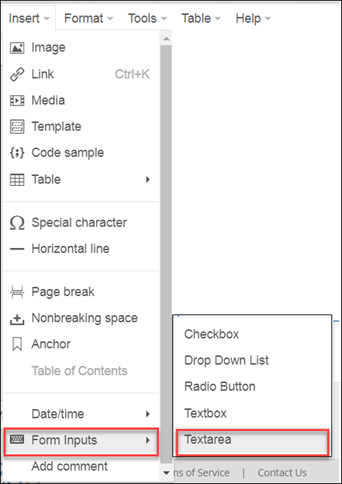
3. The textarea field will be placed in the template.
Signatures
Click to define how many signatures will be allowed on the Review Memo.

Change History
The Change History logs all changes made to the Review Memo Template. It will not appear until you click Save and Create Template, at which point it will appear at the bottom of Template Editor with an entry listing the creation date and time and the user who created the template (or made the change).
Click in the Start Date and End Date fields to filter the Change History entries by a specific date range. Dates can be entered manually (Format: 00/00/0000) or by clicking in the box and then selecting a date in the calendar modal.

When a change is made to a template and the Save Changes button is clicked, a new entry is created in the Change History. Entries are arranged from newest to oldest, with the current version of the template at the top.
To see a previous version of the template, click View Revision.
The Revision history modal will open.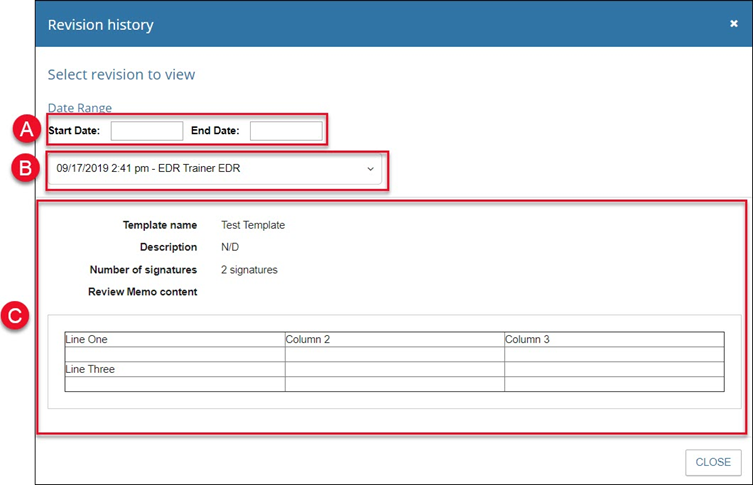
A. Filter the available revision items in B by a specific date range.
B. Select a revision entry from the drop-down menu to display that revision snapshot.
C. View the Review Memo Template at the time of the snapshot. This includes Template Name, Description, Number of Signatures, and the body of the template.
Sticky Footer
The sticky footer contains three buttons.
Preview: Click to open a modal that allows you to select a Print Formatting Template.
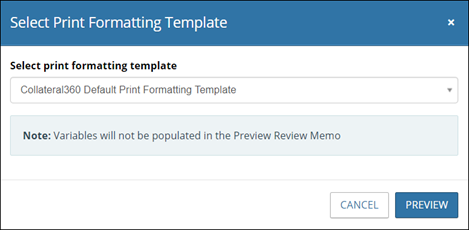
Select a Print Formatting Template from the drop-down menu then click Preview.
A pop-up will appear to the right of the modal and state that the PDF is loading.

Once it has finished loading, a PDF version of the Review Memo Template will open in a new browser tab.
Cancel: Click to discard the Review Memo Template and return to the Review Memo Templates page. Note that you will NOT be prompted for confirmation.
Save and Create Template: Click to save the new Review Memo Template and close the page. If any required fields have not been completed, a warning will appear at the top of the screen; you will be unable to save until the required fields have been completed.

.png)

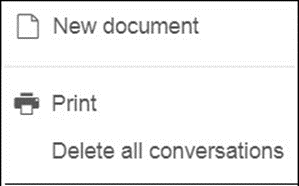
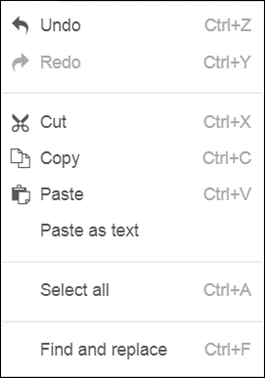
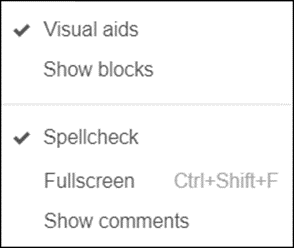
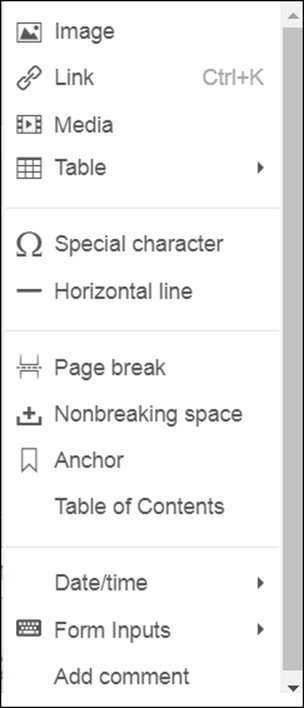
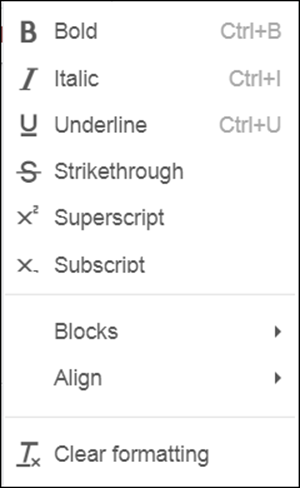

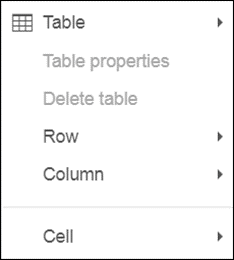








.png)